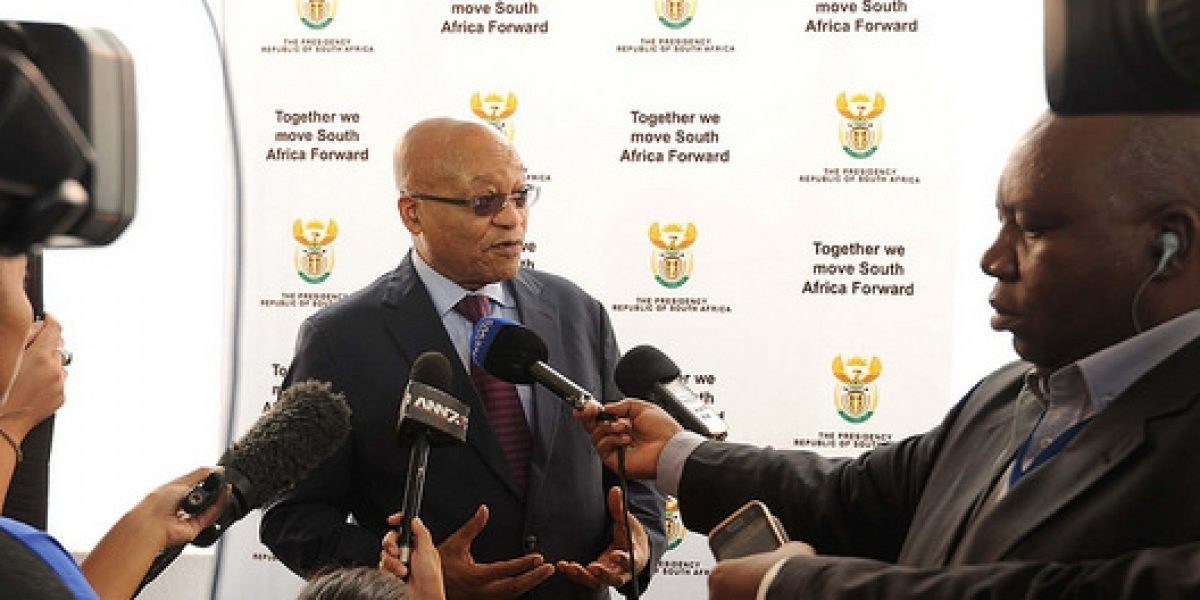The surprise is mainly because the IMC to support investment seems detached from the long running debates on the controversial (Promotion and) Protection of Investment Bill. However, thanks to an Eye Witness News report today, it was brought to the attention of the country at large that the President, without ceremony, assented to the controversial Bill – now the Protection of Investment Act 22 of 2015 – on 13 December 2015.
The Protection of Investment Act, published on the Government Gazette of 15 December 2015, is not yet in force. But the timing is viewed as rather strategic, as this Gazette and the others dealing with issues such as including e-tolls in traffic fines and the receipt of the final arms deal report were published once South Africa had effectively closed for the summer holidays.
The ‘assent’ of the Protection of Investment Act probably leaves a slightly bitter aftertaste (for foreign investors at least) after the process initiated by the South African bilateral investment treaty (BIT) review in 2008. This process led to the cancellation of the country’s BITs and ultimately their replacement with the Protection of Investment Act. Foreign investors, amongst other groups, have been uncomfortable with the Protection of Investment Act as it provides less protection to their investments when compared to the terminated BITs.
However, the establishment of the IMC on Investment could provide welcome relief to foreign investors. This is because it reflects, at least in rhetoric, South Africa’s commitment to the promotion and facilitation of foreign investment. The IMC is therefore able to supplement the Protection of Investment Act nicely.
But while the IMC is a welcome development, some caution and possible scepticism is warranted considering that the IMC is composed of sixteen government departments! These range from the more relevant to less relevant and include Trade and Industry, National Treasury, Home Affairs, Labour, and Water Affairs and Sanitation. The sheer size of the IMC could make it unworkable in practice. However, commentators remain ever watchful and cautiously optimistic that this Committee will increase positive perceptions of the country’s investment climate.
The signing of the Protection of Investment Act signals an end to foreign investors’ efforts to ensure the full protection of their investments under an investor-state dispute mechanism. However, if the IMC is to be a precursor to a proper investment one-stop-shop, this is a move in the right direction.
Now it remains to be seen if the Presidency would consider narrowing the function down to only the most relevant government departments.






